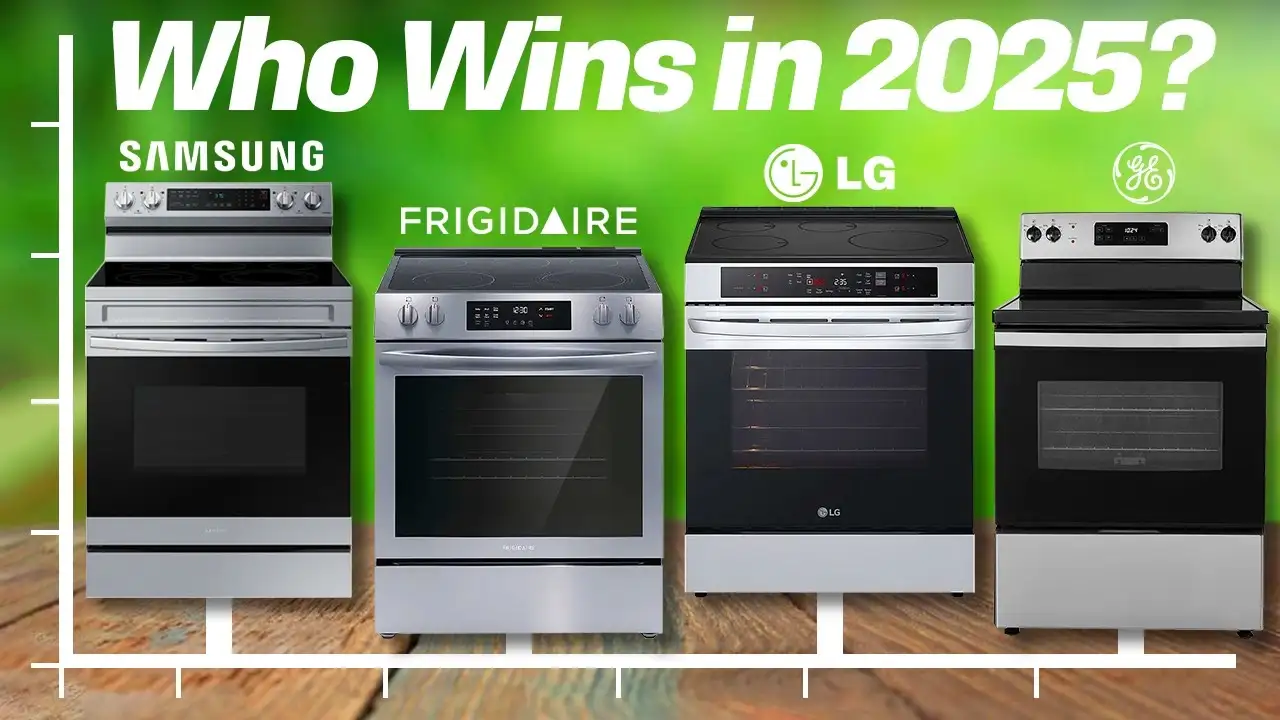
Electric ranges have come a long way. Today’s models heat faster, bake more evenly, and add smart touches that actually save time (not just add another app to your phone). Whether you’re after blistering-fast induction, a dependable radiant cooktop, or a double-oven workhorse, the right choice comes down to cooking style, kitchen layout, and which features you’ll really use week after week.
Below you’ll find our curated list of standout electric ranges—with specific brands and models—plus a plain-English guide to choosing, maintaining, and getting the most from your appliance. (Model availability and names can vary by region; always double-check the exact SKU when you buy.)

Why it’s great: Induction delivers pan-to-pan responsiveness and excellent simmer control; GE’s Profile line pairs that with dependable oven results and useful SmartHQ connectivity (preheat from the sofa? yes). Air Fry and true convection cover both weeknight and weekend baking.
Good for: Cooks who want pro-level control without pro-level complexity.
Keep in mind: You’ll need induction-ready cookware (a simple magnet test on the pan’s base tells you).
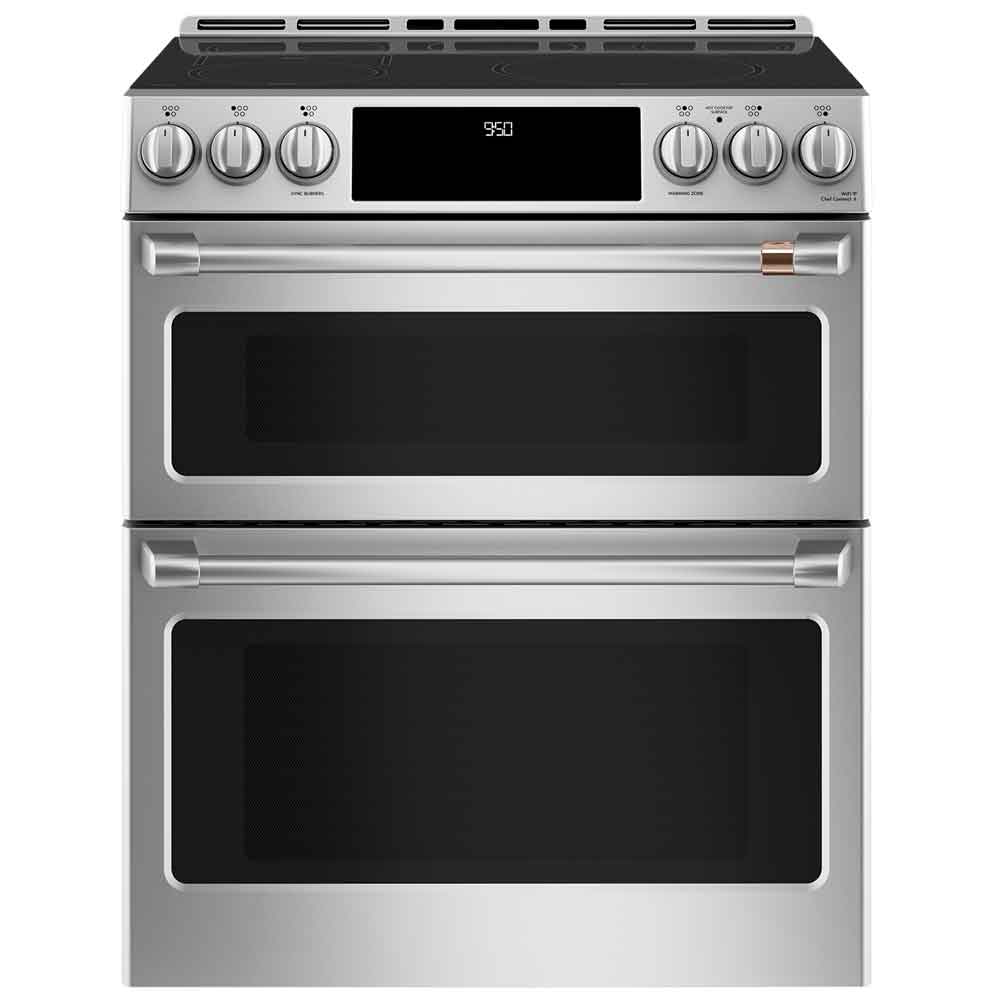
Why it’s great: Café blends style (custom hardware finishes) with function. The upper/lower ovens let you roast and bake simultaneously; induction on top is ridiculously fast. It’s the “host a dinner party on Tuesday” range.
Good for: Frequent entertainers and bakers who like running two temperatures at once.
Keep in mind: The second oven reduces single-cavity height; if you use a single very tall Dutch oven often, measure first.
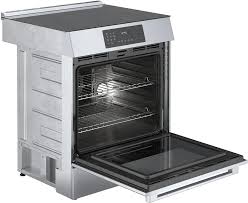
Why it’s great: Bosch’s oven temperature management is famously steady, and the slide-in design gives that clean, built-in look. Controls feel refined, the fan is quiet, and the warming drawer is genuinely handy.
Good for: Open-plan kitchens where quiet operation matters.
Keep in mind: Fewer flashy “modes,” more focus on fundamentals.

Why it’s great: A strong everyday performer with true convection, Air Fry, and LG ThinQ smart features. Rapid preheat and an easy-clean enamel make weeknights less chaotic.
Good for: Families who want versatility without jumping to induction.
Keep in mind: Radiant tops are slower to cool than induction; mind the residual heat indicator.
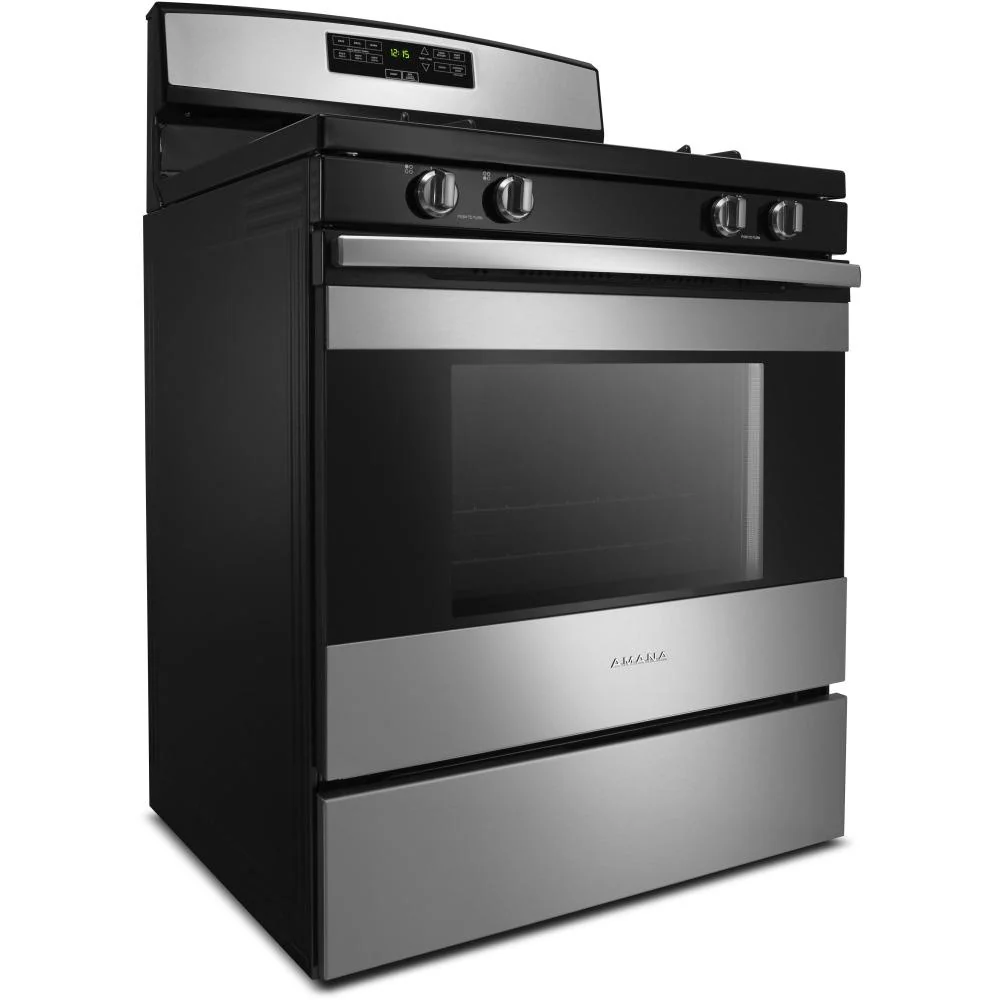
Why it’s great: Straightforward knobs, a roomy cavity for the price, and a fast “warm-up” routine. If you prefer simple over smart, this is blissfully uncomplicated.
Good for: Rental units, first kitchens, or tight budgets.
Keep in mind: No convection; baking sheets may need rotation for perfectly even browning.
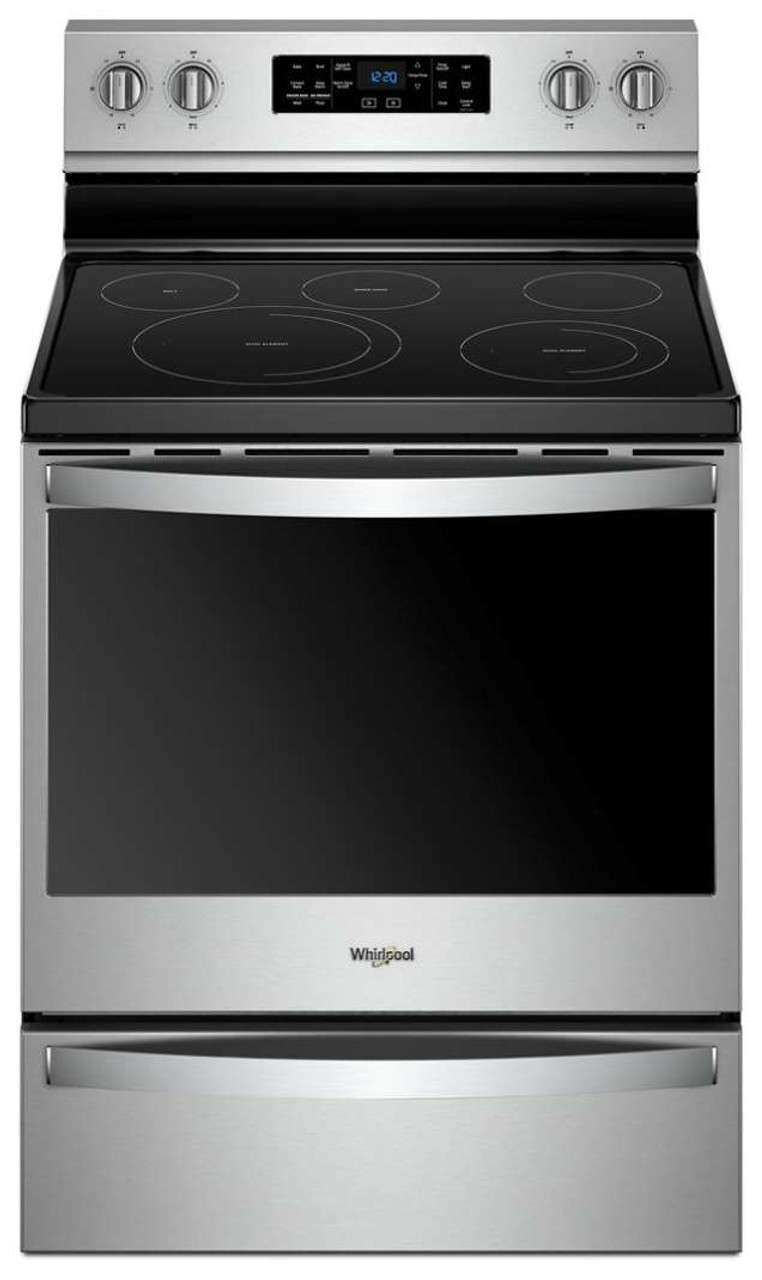
Why it’s great: Whirlpool nails the basics: a big oven, practical elements (including a high-power front burner), and intuitive controls. Convection and Frozen Bake-style shortcuts speed weeknight meals.
Good for: One-pan dinners, sheet-pan roasts, and busy households.
Keep in mind: Looks are classic rather than flashy—function over form.
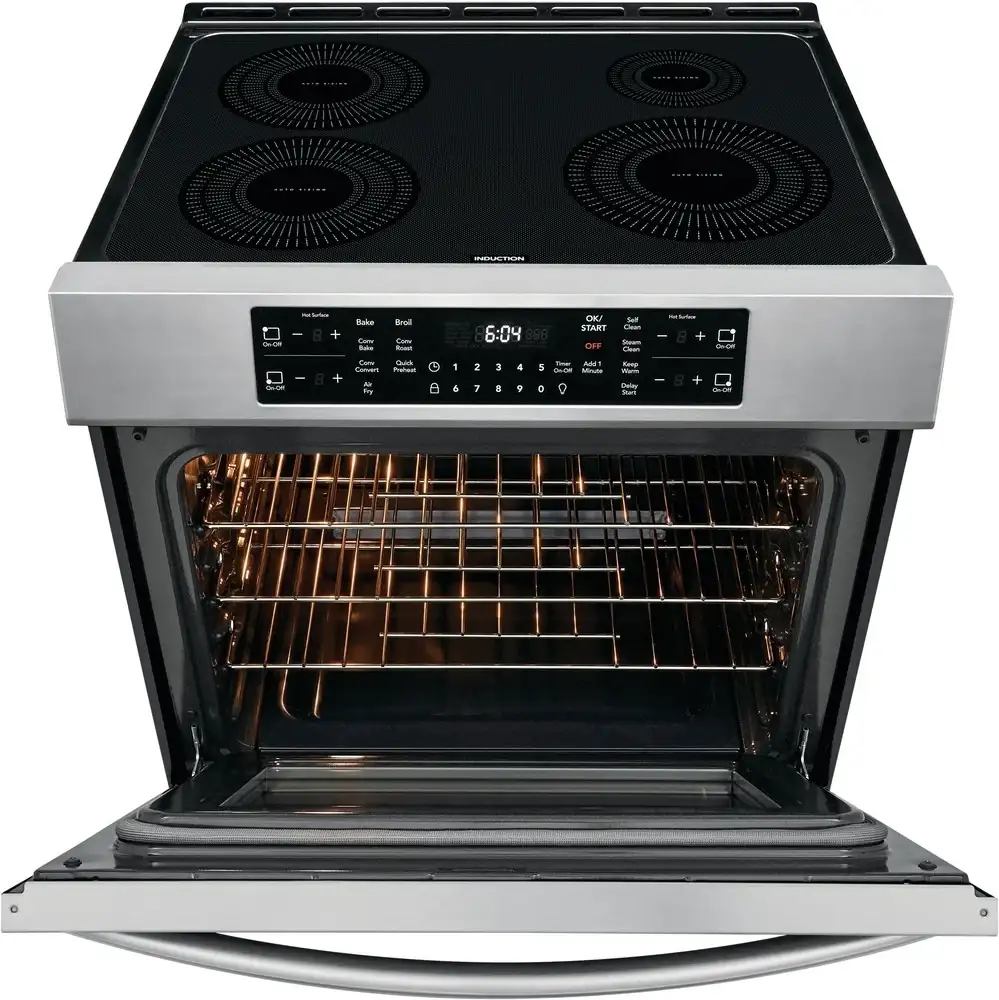
Why it’s great: Fast heat, precise low-temp control, and a forgiving, user-friendly interface. The oven’s evenness is excellent for cookies and pastries.
Good for: Home chefs curious about induction without the premium price tag.
Keep in mind: Verify included accessories (some bundles vary by retailer/region).
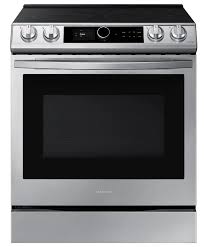
Why it’s great: Sleek slide-in styling with Wi-Fi, guided cooking modes, and a strong quick-boil element. The oven’s convection system browns evenly, and the control panel is a breeze.
Good for: Tech-forward kitchens and cooks who like presets and remote notifications.
Keep in mind: Touch panels prefer dry fingers; wipe as you go to keep responsiveness snappy.
If you sear often, love quick stir-fries, or crave tight temperature control: go induction. If you want simplicity, broad pan compatibility, and a lower price: radiant is still excellent.
We prioritize real-world cooking over lab theatrics: preheat consistency, simmer stability, searing power, and how evenly ovens brown across multiple racks. We also consider build quality, long-term user feedback patterns, parts availability, and whether the software features are actually helpful. Then we match ranges to use cases so you’re not over- or under-buying.